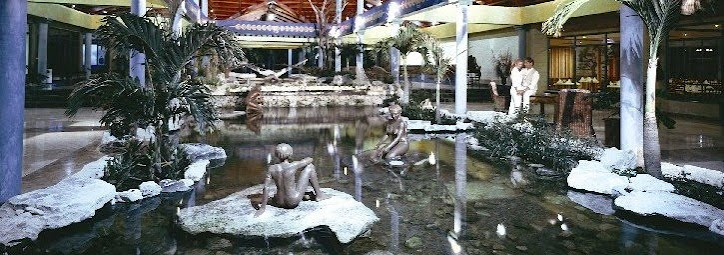
The coastal city of Gibara in Holguin, will host the 7th "Humberto Solas International Low-Budget Film Festival, schedule from April13 to 19.
Convened by the Cuban Institute for Cinematographic Art and Industry (ICAIC), the Ministry of Culture and the Governments of Holguín and Gibara, the event will pay homage to the late Cuban filmmaker Humberto Solas, author of the project. Participants will compete in the categories of documentaries, feature films and short fiction, unpublished scripts, and experimental video works, among others.
The Jiba cinema of this city, also called “La villa blanca”, will be the headquarters for the Festival and will also host the opening and closing galas, while the Culture Center will host conferences on world cinema. In addition to film screenings, the event will once again include a mix of different artistic manifestations such as theater, painting, music and literature.
Despite the damage caused by Hurricane Ike in Gibara on September 7, 2008, the organizers have made available to participants a date with film that refused to disappear.


